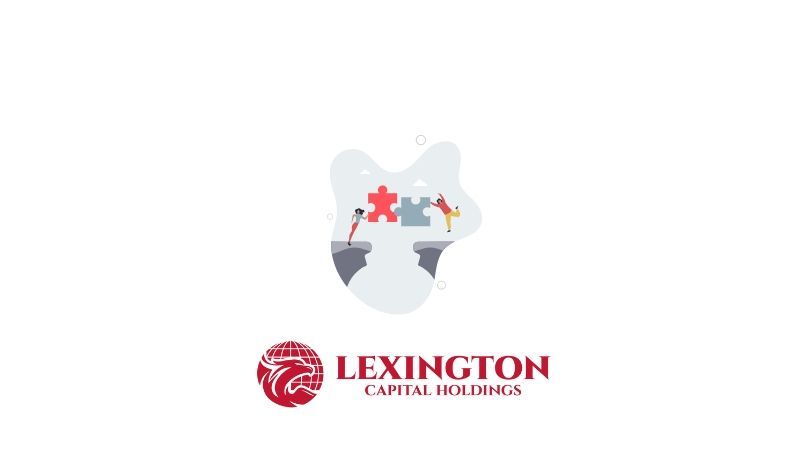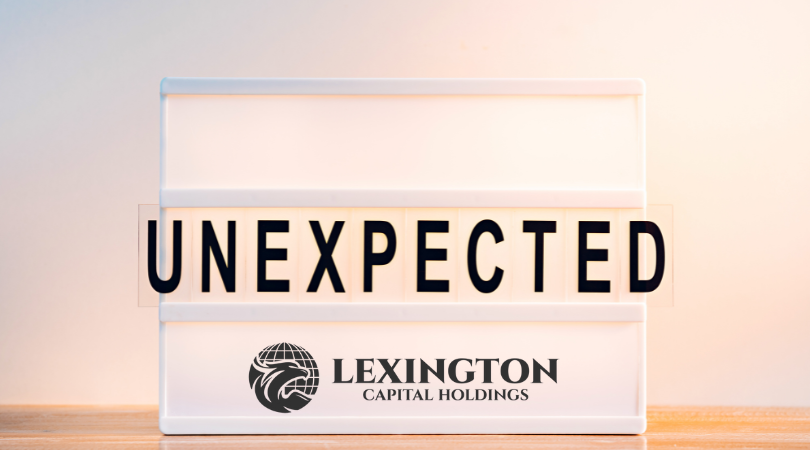Timing Your Business Loan Application: When to Apply for Optimal Results
Timing Your Business Loan Application: When to Apply for Optimal Results
Securing a business loan can be a game-changer for growth, expansion, or stabilizing cash flow. However, when you apply for a loan can be just as important as why you need it. Applying at the right time can lead to better approval odds, more favorable terms, and a loan structure that aligns with your business needs.
Understanding key factors—like business cycles, financial health, and economic conditions—can help business owners make informed borrowing decisions that support long-term success.
1. Business Cycles and Industry Trends
Every industry has peak and slow seasons. Applying for a loan at the right point in your business cycle ensures you have the funds needed before demand fluctuates.
- During growth periods – If your business is experiencing increased revenue, applying during an uptrend improves approval chances since lenders see strong financial performance.
- Before seasonal slowdowns – If your industry has predictable slow seasons, securing financing before cash flow dips ensures you have working capital to sustain operations.
- Ahead of expansion – If you plan to invest in inventory, equipment, or new locations, applying before you need the capital allows for smooth scaling.
Example: A retail business preparing for the holiday season should secure funding months in advance to stock up on inventory rather than scrambling for last-minute financing.
2. Your Business’s Financial Health
Lenders evaluate financial stability before approving loans. Applying at the right time—when your finances are strongest—can lead to better loan offers.
Key Factors Lenders Consider:
- Revenue Trends – Steady or increasing revenue signals business health. Applying during a profitable quarter increases approval chances.
- Debt-to-Income Ratio – Keeping existing debt low before applying can improve your borrowing capacity.
- Business Credit Score – A higher business credit score can lead to lower interest rates and better loan terms.
- Cash Flow Consistency – Demonstrating reliable cash flow reassures lenders of repayment ability.
Tip: If financial statements show fluctuations, consider applying after a strong fiscal period to maximize loan options.
3. Economic Conditions and Interest Rates
External market conditions impact business financing. Monitoring economic trends can help you secure better terms.
- Interest Rate Trends – When interest rates are low, borrowing is more affordable. If rates are expected to rise, locking in financing early can save money in the long run.
- Inflation and Market Volatility – Economic downturns can tighten lending criteria, making approvals more challenging. Applying before economic uncertainty hits can ensure access to funding.
- Government Incentives – Some periods offer better loan programs, such as SBA loans with lower rates or grants for small businesses.
Example: A business owner who notices rising interest rates may want to apply early to secure a lower fixed rate before costs increase.
4. Aligning Loan Timing with Business Needs
Before applying, business owners should assess their needs and match financing options accordingly.
- Short-Term Needs: If funding is needed for immediate expenses, a business line of credit offers flexibility.
- Long-Term Growth: If capital is required for expansion, securing a term loan or equipment financing at the right time ensures steady growth.
- Emergency Preparedness: Having financing in place before challenges arise prevents disruptions during downturns.
Conclusion
Applying for a business loan is more than just filling out an application—it’s about timing it right to maximize benefits. By applying during financial highs, aligning with industry cycles, and monitoring economic conditions, businesses can secure funding with the best possible terms.
At Lexington Capital Holdings, we help business owners find the right financing solutions at the right time. Whether you need a business line of credit, working capital loan, or equipment financing, our tailored approach ensures you secure funding when it matters most.
Ready to time your loan application strategically? Let’s explore your options today.











